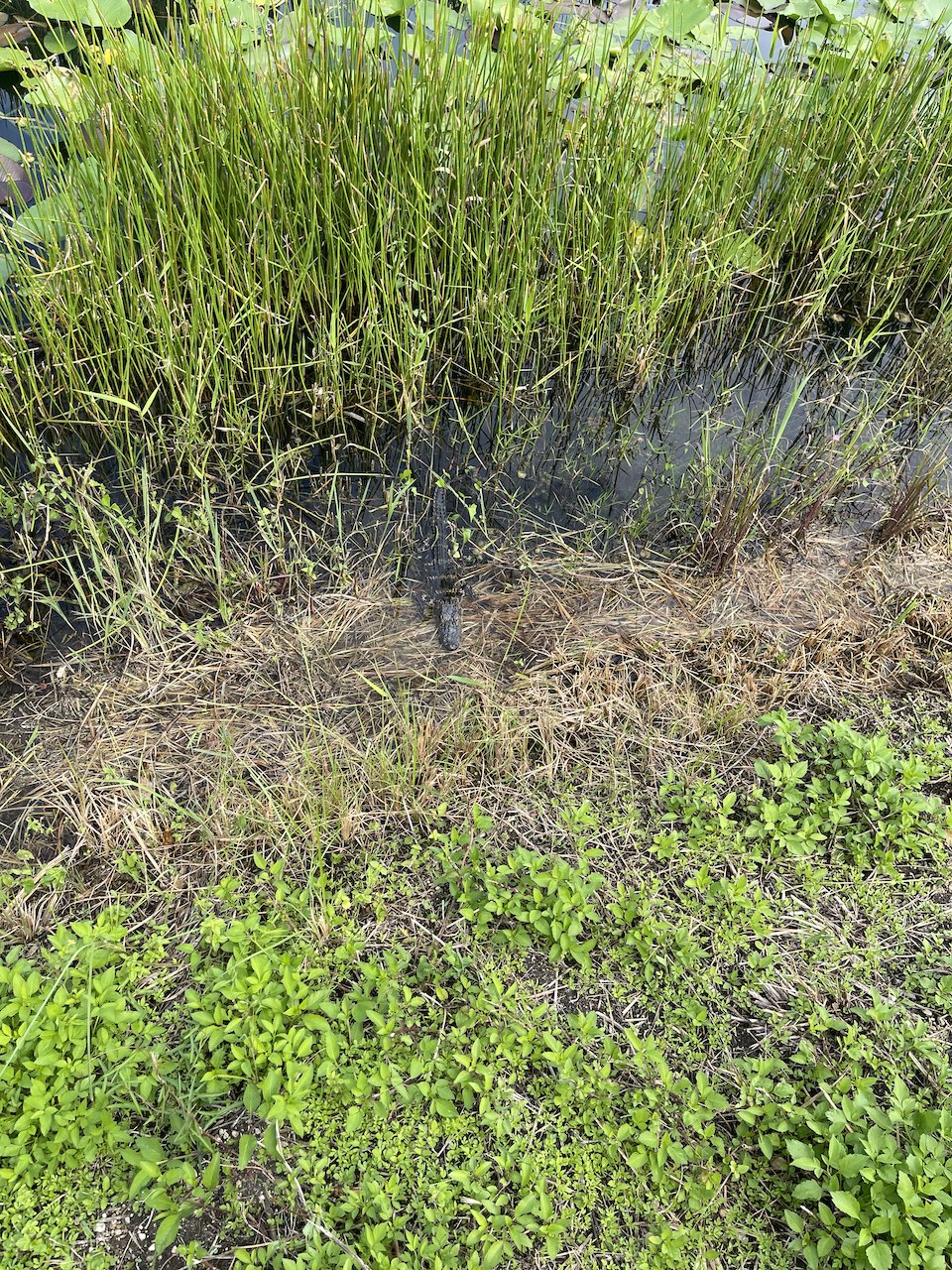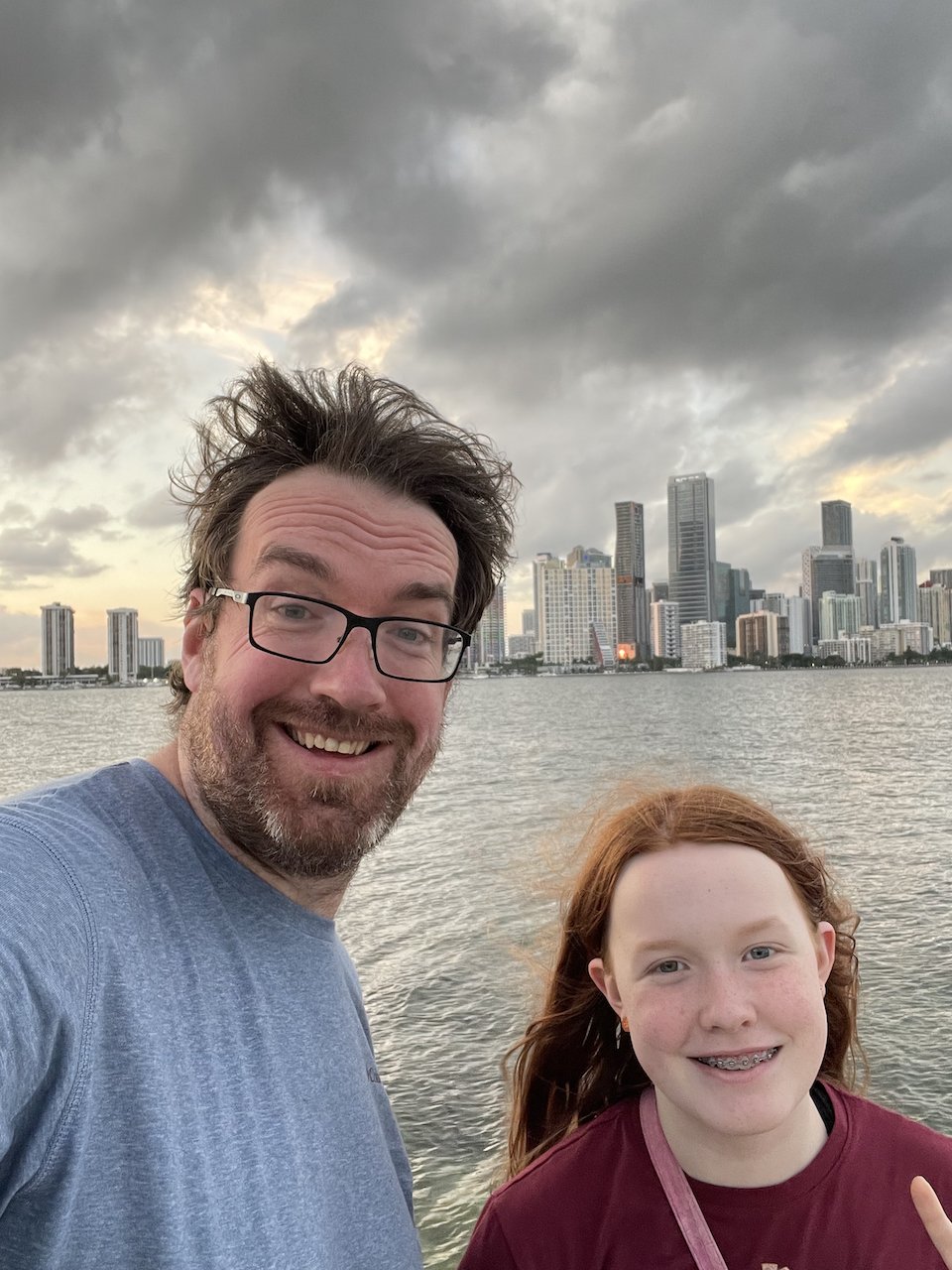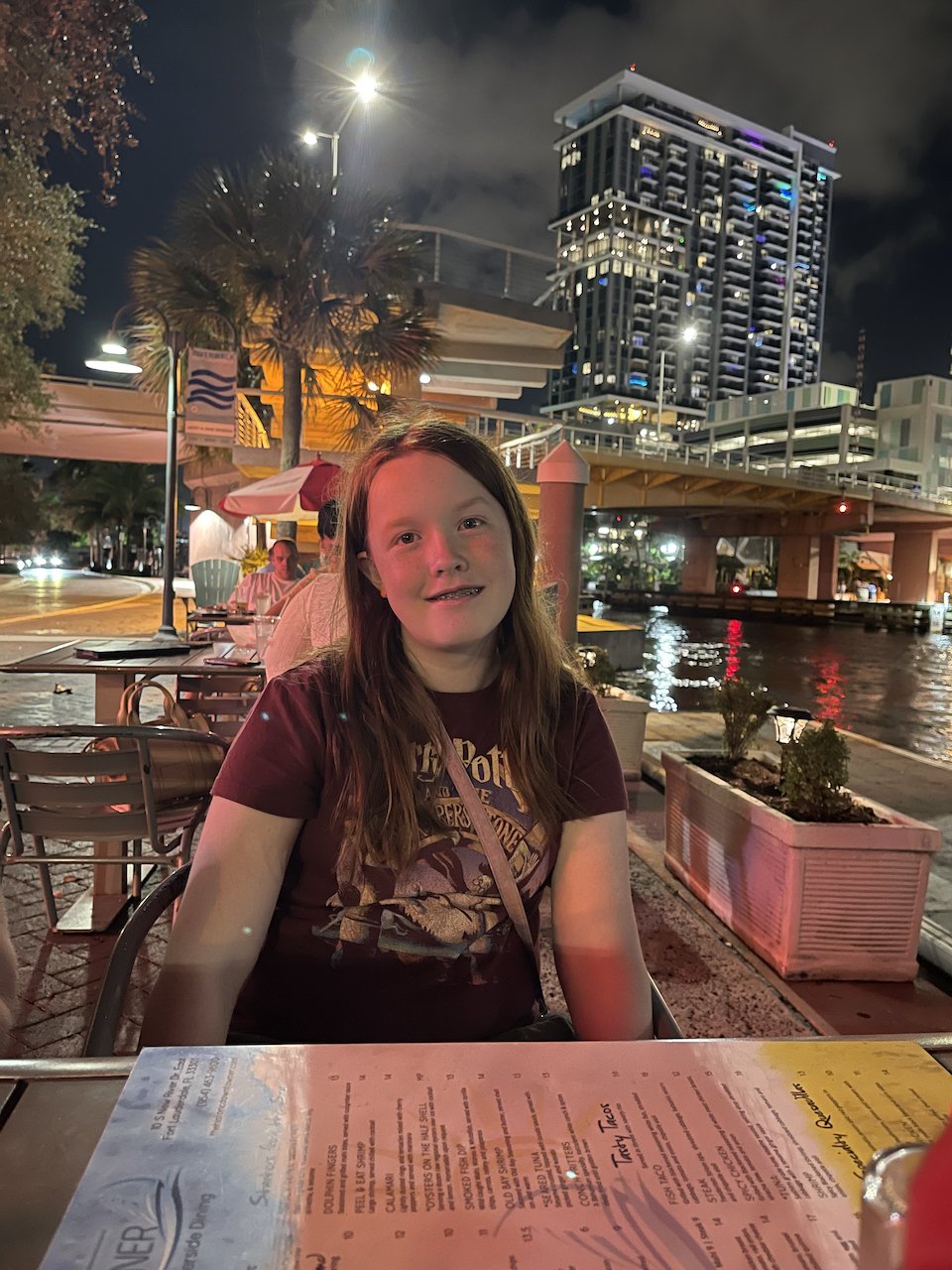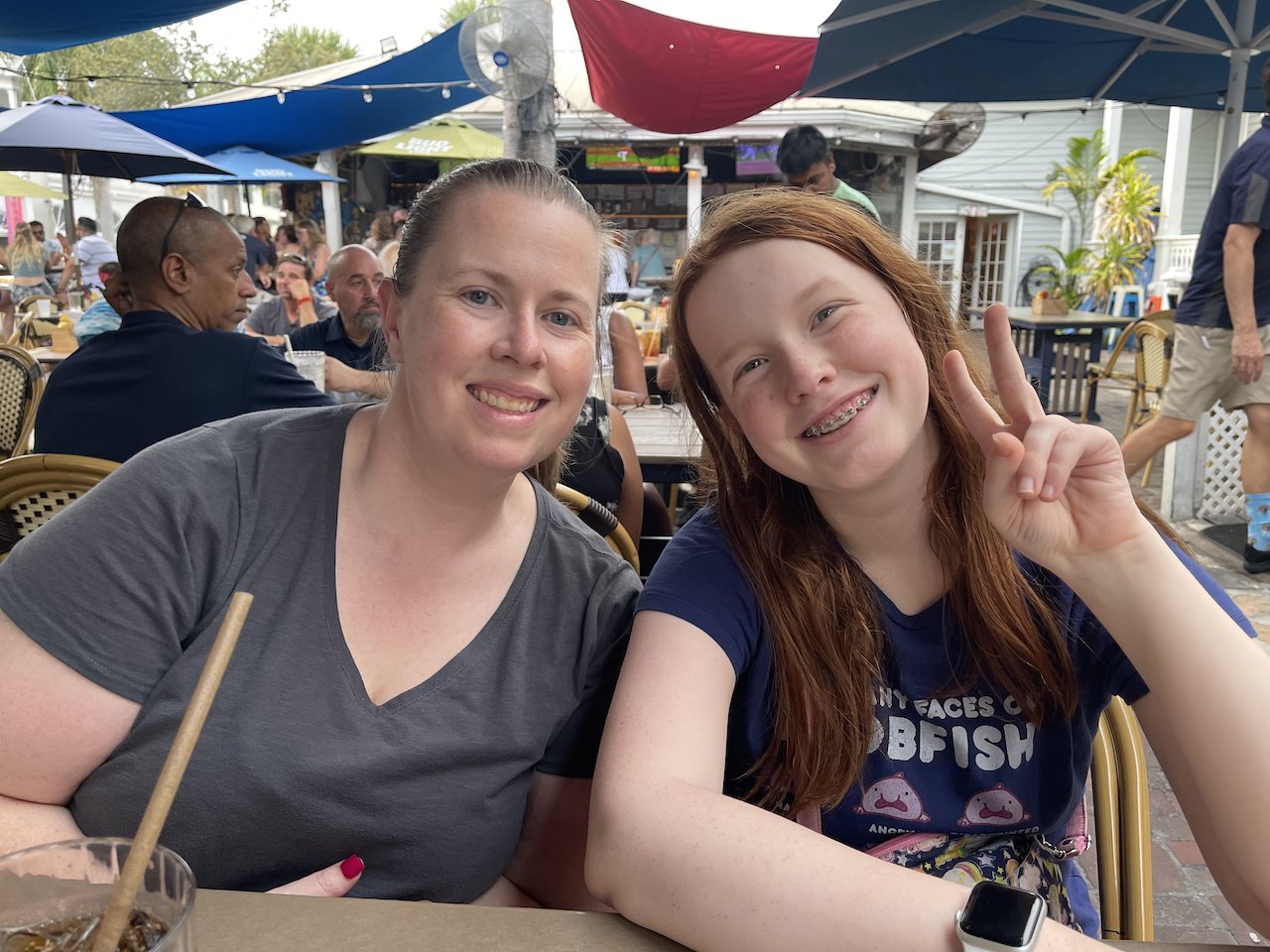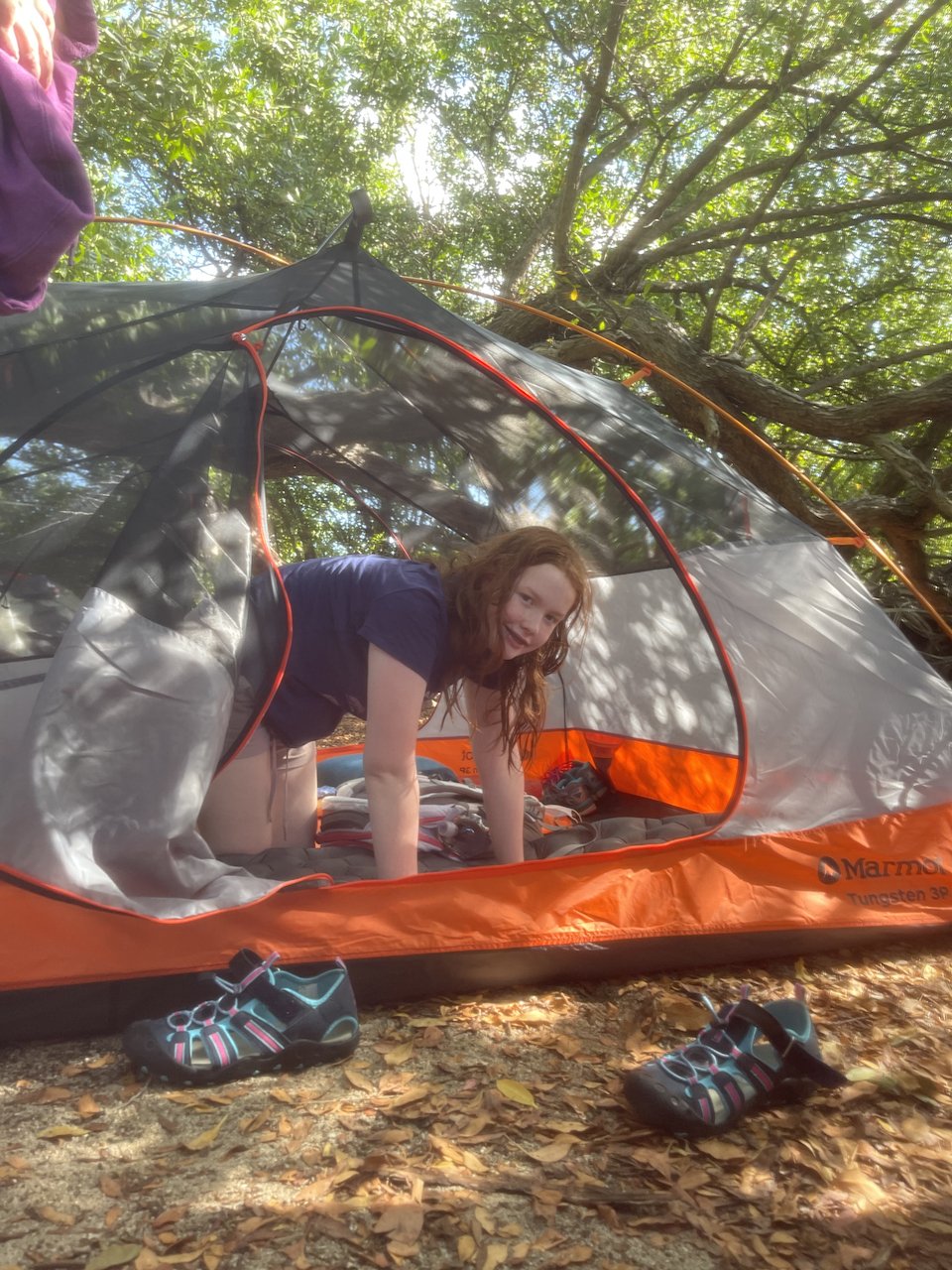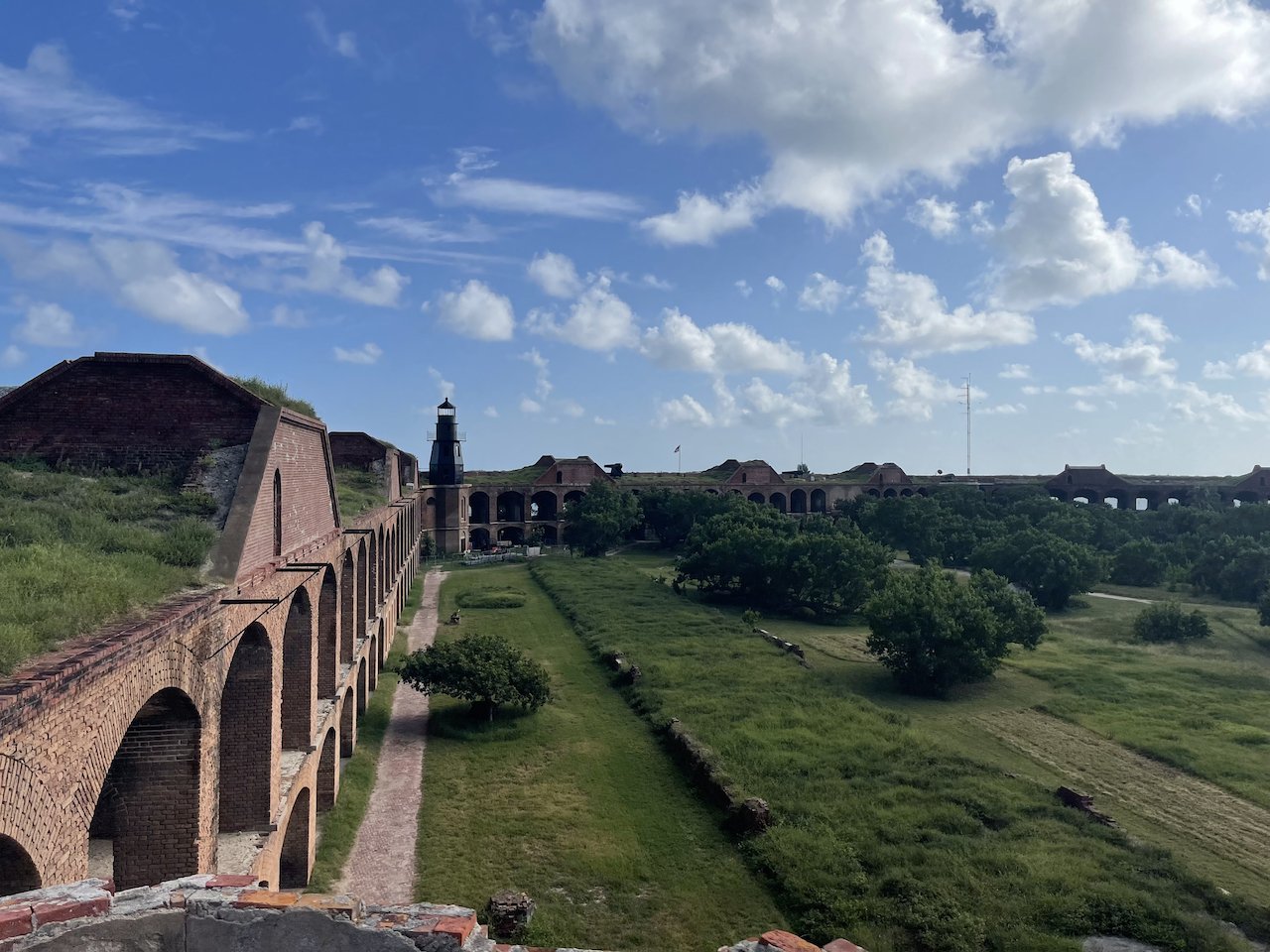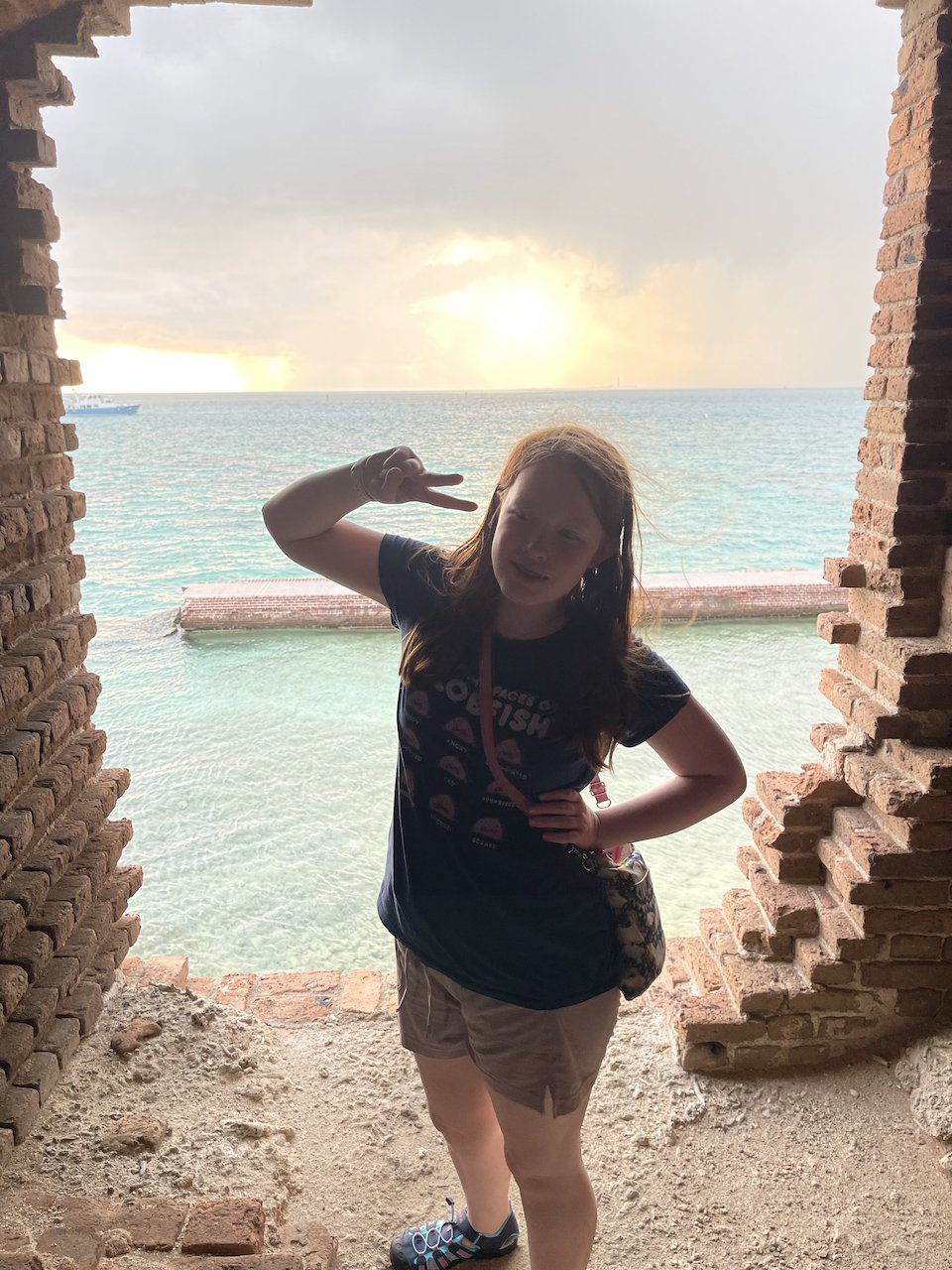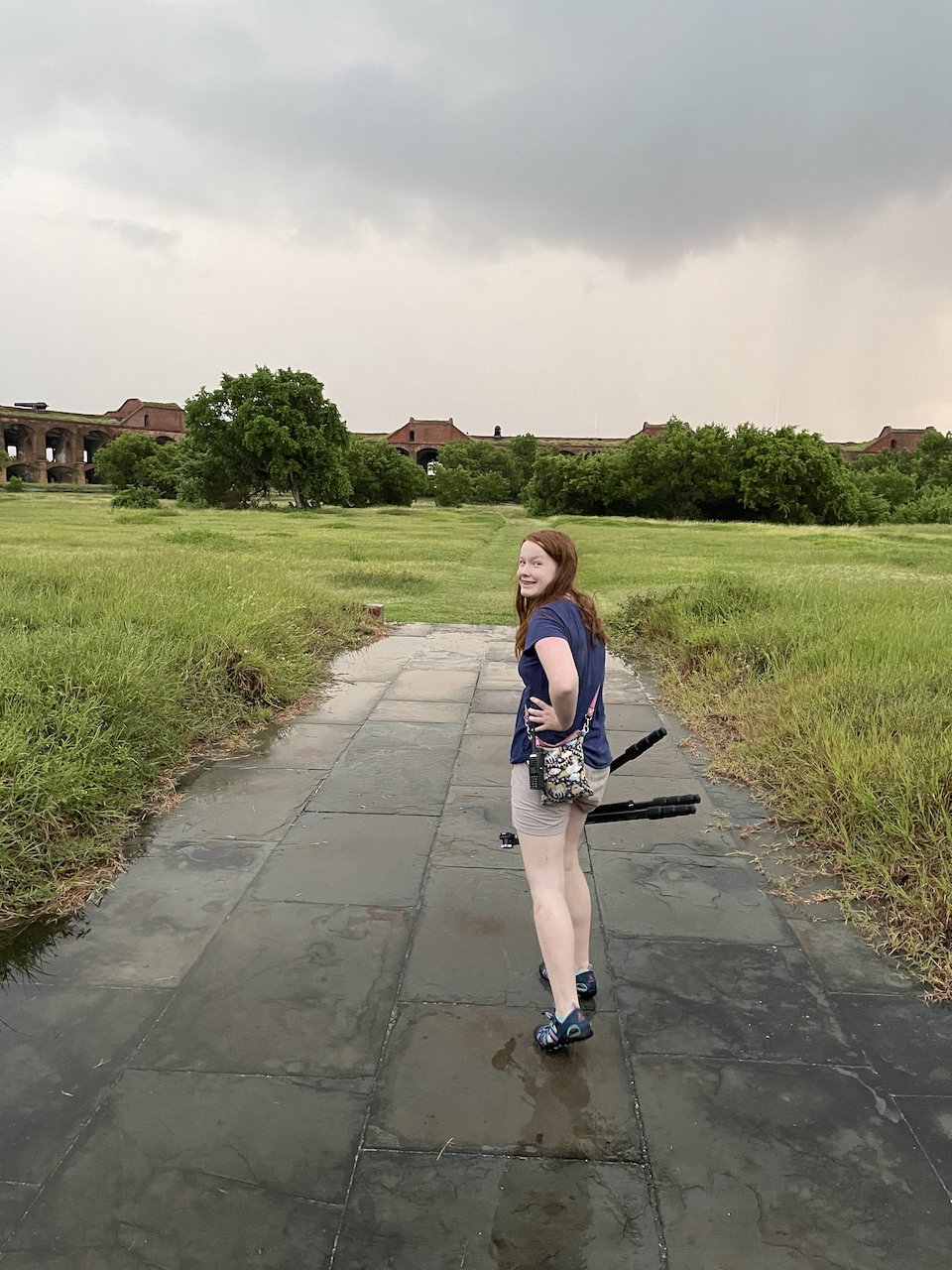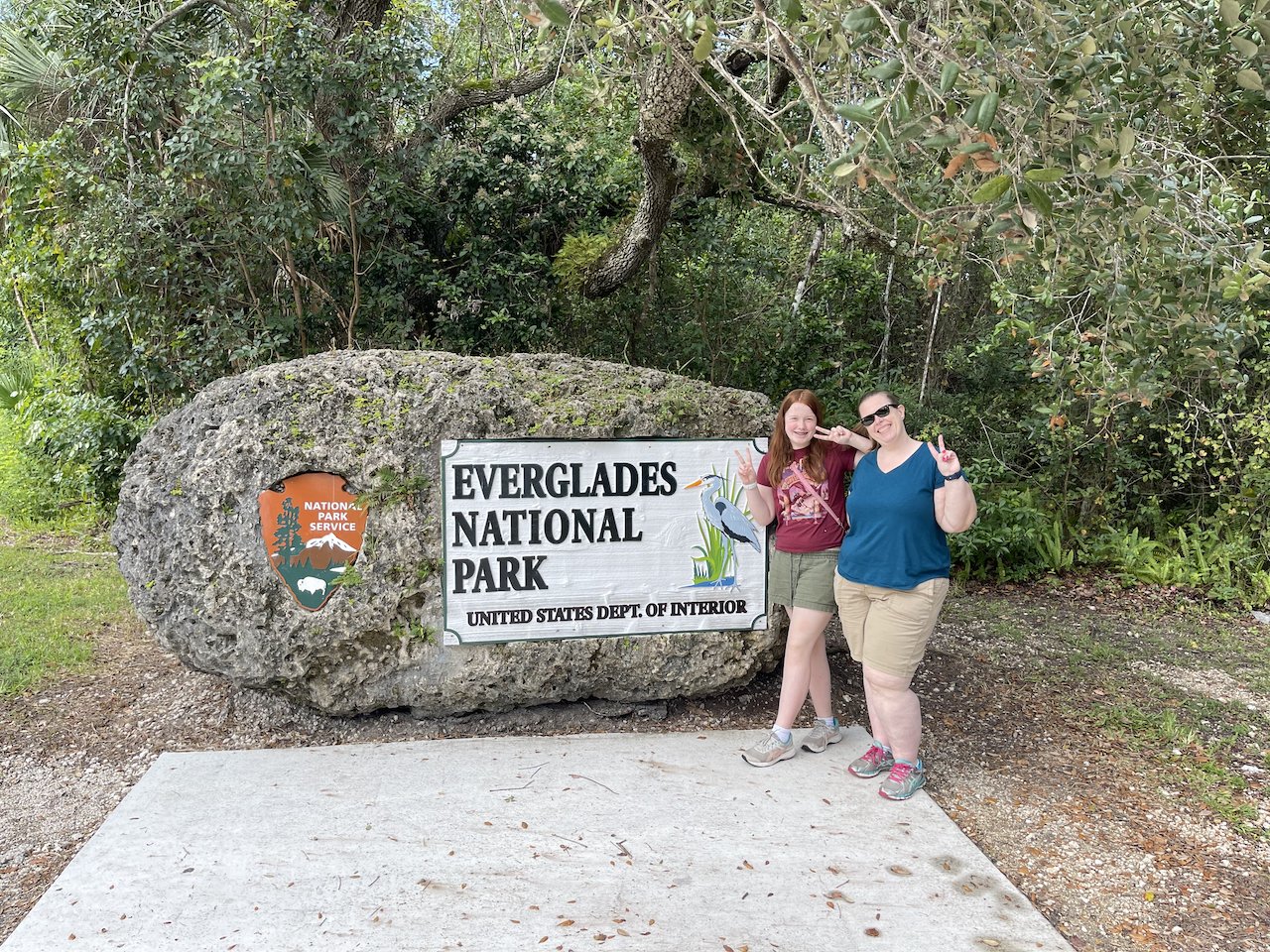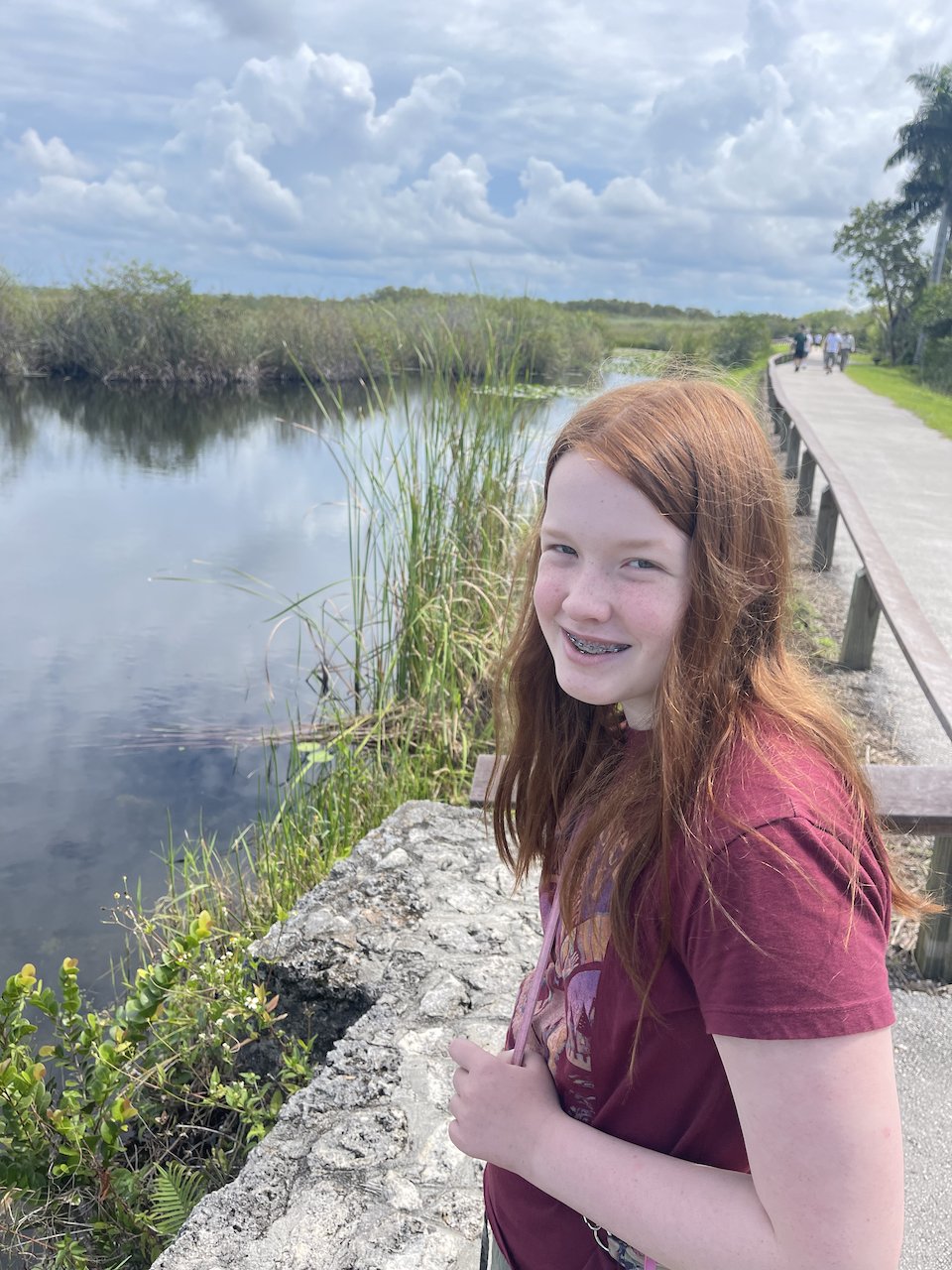Dry Tortugas National Park
In October we headed out for our 37th National Park, this time with the wife in tow. We made our way from Boston down to Miami, then onto Key West, then after a night in town a 68 mile boat ride to Dry Tortugas National Park.
This was set to be (and lived up to) one of the harder parks of the lower 48. While the National Park comprises a solid 74 square miles, only 1 square mile is solid land and that’s split between 7 different keys! The other 73 square miles of the park are all underwater in the Gulf of Mexico.
The park is noted for its amazing natural beauty and is noted for its abundant sea life. It is the breeding ground for a number of tropical bird species. It also has the most undisturbed coral reefs of anywhere in the Florida Keys. For divers numerous shipwrecks have accumulated throughout the area of the park and rumors of sunken treasure abound.
On Garden Key (the largest key) you will find Fort Jefferson. A massive and unfinished coastal fortress. It is the largest masonry structure in the Americas and was built with over 16 million bricks. Covering 16 acres only two other United States forts are larger than Fort Jefferson.
The Dry Tortugas islands were inspected for a fort as early as 1825 but at first found to be unfit. A lighthouse was constructed for navigation in the rough and dangerous waters instead. The islands were re-evaluated in 1829 and plans were quickly drawn up. Building a massive fort on such a small island almost 70 miles from land was no small undertaking. All the bricks had to be shipped from the mainland and coral was harvested and used as a crude cement.
The fort is built as a two-tiered casements in a six-sided outline along with two curtain walls. The corner bastions allowed for defensive fire along the faces of the walls where they joined. Each tier of casemeates could support 150 guns and another 150 were placed on top of the fort itself. A large amount of buildings and support infrastructure were constructed inside of the thick walls.
Potable water was always a problem, hence they “dry” in the name. The first idea was to capture rainwater that fell on top of the fort and filter the water in a system of sand filled cisterns built into the walls. These proved to be ineffective and the water was not suitable for drinking. Later two steam condensers were installed to distill up to 7,0000 gallons of sea water a day.
While never finished it does not mean the fort was never used. In fact it played a pivotal role in a variety of affairs throughout mid-American history. Pre Civil War the fort would help protect the vital shipping lanes through the Gulf of Mexico. During the Civil War the fort was a key to the Unions blockade of the south, preventing the French from delivering goods. It was also used as a prison during and after the Civil War, soldiers who were sentenced by Court-martial could end up in the fort performing hard labor.
Post Civil War the fort would be used for a number of different things. Not the least of witch was holding the consipaitors responsible for the assassination of President Abraham Lincoln. The fort was later used to provide care during a yellow fever epidemic. It was left mostly abandoned until the war with Spain in 1898 when it again found service. At the turn of the 20th century the Navy used the fort as a coaling station for ships to stop and refuel. After much of the water and coal equipment was destroyed by a hurricane the Navy abandoned the station. Leaving it to rot and decay until 1935.
Dry Tortugas was granted National Monument status in 1935 by President Roosevelt. In the following years the Works Progress Administration helped renovate and preserve the Fort and other man made structures. In 1970 the Monument was added to the list of Historic Places. It took all the way until 1992 for Dry Tortugas and Fort Jefferson to be established as a National Park.
Visiting Dry Tortugas is an adventure in itself. You only have a few options to get there and as far as I know they all depart from Key West. We flew down to Maimi and made the drive out to Key West the day before our trip to Island was scheduled. This was all out of our first time in Key West and we had a blast. We stayed downtown in the center of all the shops, restaurants, bars and galliers. It is now (like many other places) on our list of places we must re-visit.
Very (too) early the next morning we checked out of our hotel and headed to the Yankee Freedom Ferry - the only official boat to get to the park. If you're camping you must arrive before the day guests so your gear can be checked and loaded in the back of the boat. After that we had a good ride out to the island. The boat offers breakfast and lunch along with beer and wine so it's a very enjoyable experience. Once you dock, if you're camping you meet up with one of the park rangers. The ranger gave us options on where we can camp and some general advice for our stay.
After we got the tent setup, we had some food and spent time exploring the island. We did spend much of the afternoon at the beach and snorkeling in the crystal clear water. As soon as the boat left the island felt completely different. It almost felt like we had the entire island to ourselves. For sunset we explored the park and photographed from inside the second floor looking out at a stunning sunset.
Sadly - the sunset along with its epic clouds brought rain, and this was a bit of a problem since we had left (too much) of our gear out at camp not expecting rain until nightfall. We spent the rest of the night having dinner and trying in vain to dry everything off. We did get up for sunrise and it was a stunning show of lights and clouds. After sunrise, still wet from the almost sleepless night before we decided we would head back to Key West a day early.
The two big takeaways would be to of course make sure I leave nothing out for the rain to get and to go later in the winter where maybe it would be a bit cooler at night.
We tried to make the most of our bonus day, we found a hotel in Homestead and we were able to spend the entire next morning in the Everglades. A familiar place for Cami and I but brand new to Cat who was thrilled to see her first baby alligator!
That last night we had a hotel close to the airport in Fort Lauderdale, but we made the drive into Miami and watched (and photographed) a great sunset over the city. We had dinner on the river outside in Fort Lauderdale and the next day headed home.
Sadly though we did many fun things, I think the park was the least favorite in everyone's mind.






